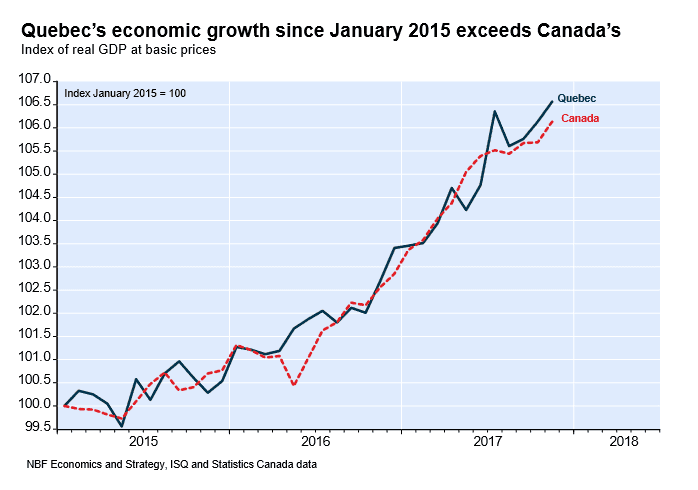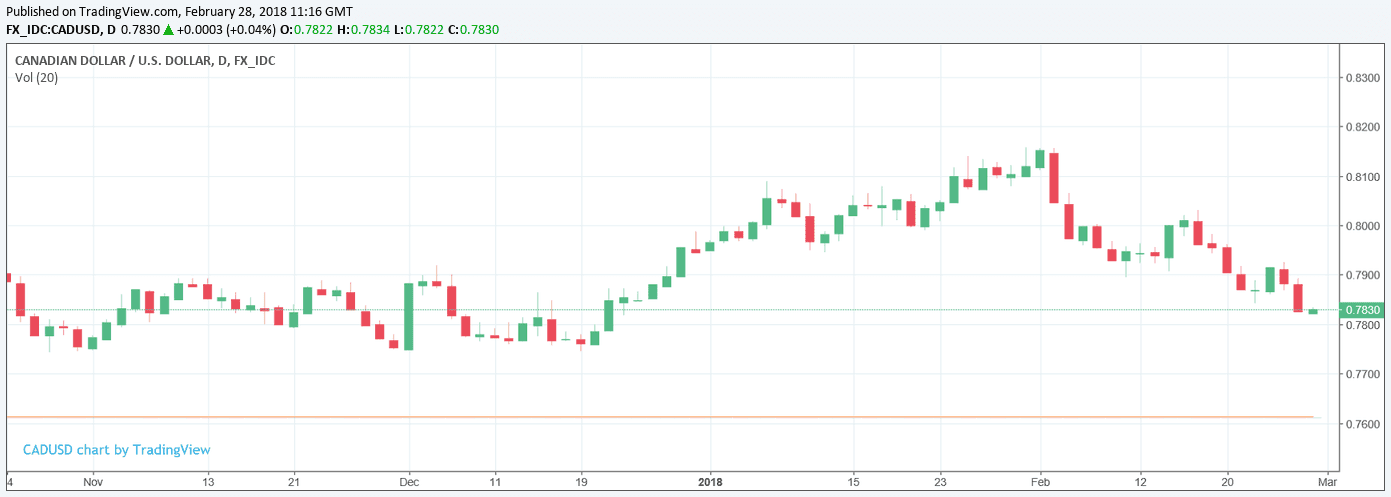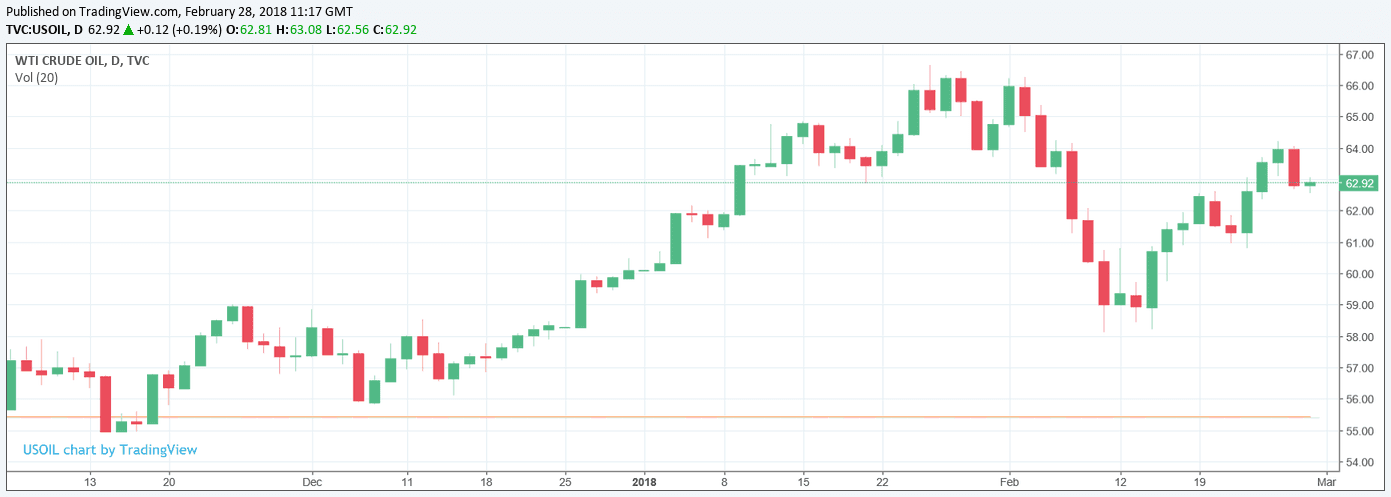Canadian Dollar Suffers Nerves Ahead of GDP Report but is Tipped to Rally when the Data is Released

© thanasak, Adobe Stock
Prepare for a possible 'sell the rumour buy the fact' reaction from CAD on Friday's Q4 economic growth data release.
February has not been kind to the Canadian Dollar which peaked at a high of 0.8100 versus the US Dollar ahead of a steady fall to 0.7830 on the last day of the month; in fact, CAD was the worst performer vs USD after the latter gained from the 'Powell boost' on Tuesday.
The Pound-to-Canadian Dollar exchange rate has meanwhile take advatage of this CAD weakness and pushed higher from 1.7469 to reach 1.7666 at the time of writing.
"CAD was the worst-performing currency (on Tuesday). This doesn’t seem to have been related to yesterday’s federal budget; USD/CAD was at its highest level of the year ahead of the budget and was largely unchanged after it was announced," says Marshall Gittler, an analyst with ACLS Global.
The budget prioritised continuity in relation to big changes in spending and taxes, while managing to increase work inducements for low-income earners, women, and ethnic minorities. Indeed, it still compares favourably to the big-spending, tax-cutting budget of Canada's more profligate neighbour the US.
Compared to the US, the Canadian budget deficit is relatively benign at an estimated 1.0% in 2018 compared to the US's 3.0%.
So what is bugging the CAD?
A combination of slower growth and falling oil prices are the main reasons for the declining Loonie, posits Gittler. "Rather, lower oil prices and concern about a possible weak GDP print on Friday seem to be pressuring the currency," says the strategist.
I find it hard to see the link with oil which in direct contrast to the Loonie has risen in February, so unless the relationship has completely flipped Loonie investors must take comparisons with oil with a pinch of salt.
CAD has fallen in February...
Oil has risen.
Traditionally the price of oil was highly correlated to the Loonie because Canada's chief export was crude. This was especially true of the currency's relationship with the US Dollar because the US was its chief customer, but the correlation has fallen away considerably over the last year.
We believe lower growth expectations may be actually be the more likely explanation for the weakening CAD, though it may not last longer-term since the economy compares relatively favourably with other G10s.
Lower growth reduces interest rate expectations and lowers interest rates tends to depress demand for a currency from foreign investors who are seeking higher rates and returns rather than lower rates.
A large miss in December retail sales data out last Thursday started the concerns about Canadian Q4 GDP, which is scheduled for release at 13.30 GMT on Friday since consumer spending is a considerable contributor to growth.
Recent data also showed a fall in manufacturing and wholesale sales which further dented growth projections too.
Current expectations are for growth to slow to only 0.1% in Q4 from 0.3% previously, and annulaized growth of 2.0% for the whole of 2017, compared to 1.7% for 2016.
If it comes out at 2.0% it will undershoot Bank of Canada (BOC) expectations of 3.0% by a considerable margin.
Things may not be that bad. November GDP in Quebec, for example, came in strong, according to National Bank of Canada (NBF) senior economist Marc Pinsonneault, and Quebec is Canada's second largest province accounting for 20% of total GDP.
"The second straight monthly expansion of 0.4% in November takes Quebec real GDP to a new all-time high, topping the previous record of last July. Quebec economic growth since January 2015 has exceeded that of Canada as a whole," says Pinsonneault.

December, of course, is likely to be slower in Quebec due to poorer data out so far from Canada as a whole, but even so, the broader trend for the country appears to be relatively robust and means CAD weakness is likely to be contained for now.
This may be why Gittler proposes the possibility of CAD strength following the actual release of GDP data on Friday.
"I think we could see further weakness in CAD now and then a “sell the rumor, buy the fact” response after the GDP data is released," concludes Gittler.
Get up to 5% more foreign exchange by using a specialist provider to get closer to the real market rate and avoid the gaping spreads charged by your bank when providing currency. Learn more here.






